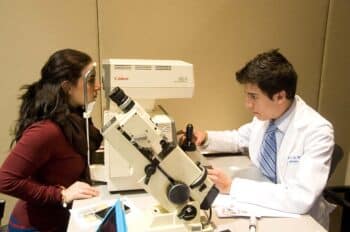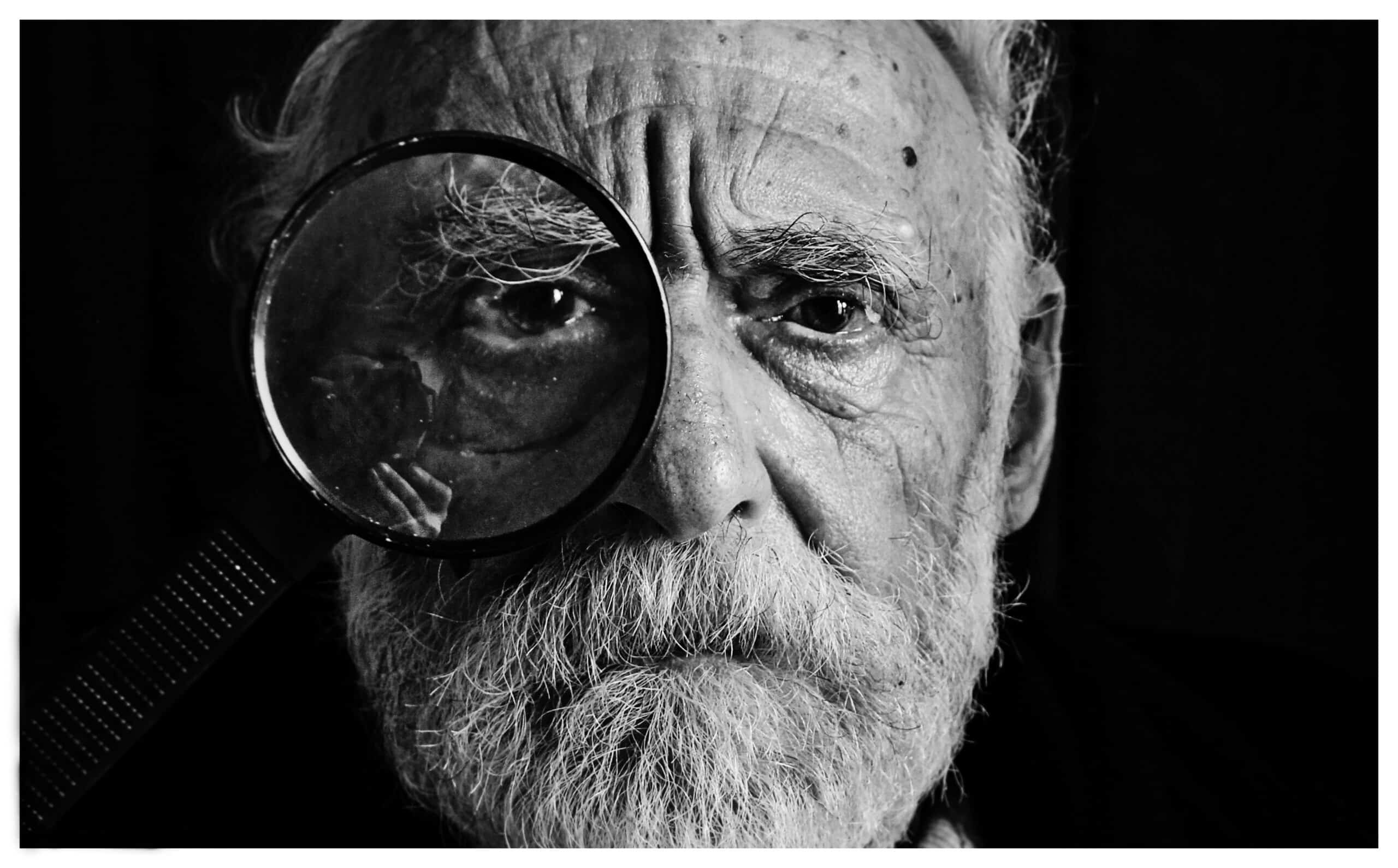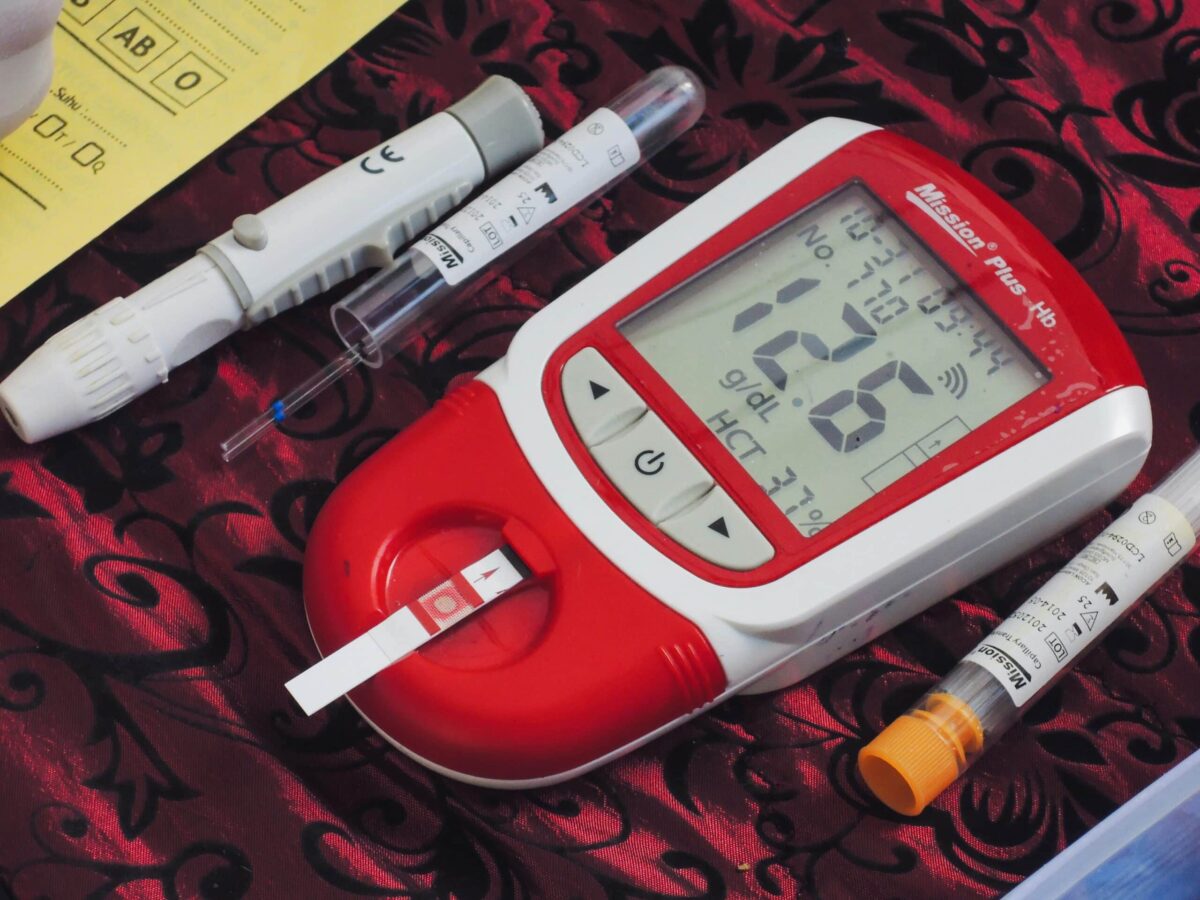

For those living with diabetes, managing the condition requires more than just monitoring blood sugar levels and maintaining a healthy lifestyle. Regular eye check-ups should equally feature prominently in your medical routine owing to the significant threat diabetes poses to your eyesight.
There remains a considerable, and often underestimated, risk that diabetes can cause a range of eye-related complications such as Diabetic Retinopathy, Diabetic Macular Oedema, and Diabetic Maculopathy. However, by placing a focus on the importance of regular and comprehensive eye examinations, you can safeguard your vision early.
Diabetes eye diseases refer to a group of eye problems that people with diabetes may face as complications linked to the condition. They include:
All these conditions can lead to vision loss and, in severe cases, blindness if not detected and treated promptly.
Regular eye examinations play a significant role in early detection and treatment of these conditions. A full diabetic eye screening involves more than just checking your prescription for glasses or contact lenses. It involves comprehensive check-ups, including dilating your pupils to see more of your retina and looking for signs of diabetes-related sight problems.
Eye healthcare practitioners are able to utilise specialist imaging techniques for detailed viewing of the blood vessels in the eyes. This examination can show changes in the vessels, fluid leakage, abnormal blood vessel growth or haemorrhages. The earlier these signs are spotted, the more effectively they can be managed and treated.
Alongside regular eye exams, there are treatments available for diabetic eye diseases. One of these is the non-invasive light treatment, Noctura 400.
Noctura 400 is a low-level light sleep mask designed with the premise of reducing the retina’s oxygen demand during sleep and preventing hypoxia – a condition where insufficient oxygen reaches tissues. By reducing the eye’s oxygen demand in sleep, Noctura aims to mitigate the progression of diabetic eye diseases and prevent vision loss.
Living with diabetes can be challenging, but understanding the risks and taking proactive measures to safeguard every aspect of your health can alleviate complications. Remember, an annual eye examination is just as crucial as your regular blood sugar check. The early detection of diabetes-related eye diseases can make a world of difference to your quality of life, ensuring you continue to see the world as clearly as possible. Your eyesight is precious – taking good care of it should never be overlooked.
Regardless of how well you think your diabetes is managed, never delay or avoid your regular diabetes eye examination. It’s a crucial routine check-up that could, quite literally, save your sight.


